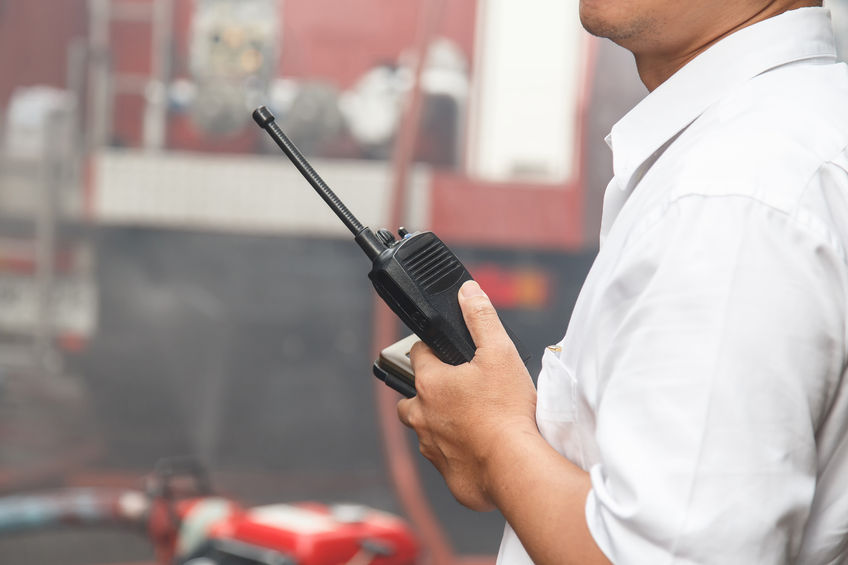
Success for the modern farming business is defined by efficiency and productivity - getting the most out of available resources while keeping a firm lid on costs.
Yet achieving these goals depends on a third ingredient - good communications. Having teams spread out over large areas, working outdoors in all weathers around loud machinery and maybe livestock, presents challenges to effective coordination.
If you want everyone working in unison at their most efficient and productive, you need a reliable means of keeping everyone in touch so they can plan, discuss and give and receive instructions, at all times.
In terms of communications technology, the modern farmer is spoiled for choice. There is, of course, the mobile phone - ubiquitous, familiar, offering an unlimited range to cover even the largest estates.
But mobiles are not built to withstand the rigours of rain, mud and heavy machinery, and in the most isolated rural spots connection to a mobile mast can become an issue. Plus, when you are busy working, you have to stop to make or answer a call.
CB radio offers simple, cheap group communication, allowing everyone in a network to hear messages even when their hands are full - there is no press-to-answer as with mobiles. But the downside is the interference you get from open public networks, and sometimes limited signal range.
Overall, two way radio remains the most popular choice for on-farm communications. With the latest digital VHF models, it offers guaranteed signal coverage over extended ranges, with high quality audio to ensure communications can always be heard.
Two way radio combines the simplicity of CB radio - many models even include voice activation for hands-free calling - with additional features you associate with mobile phones, such as text messaging and private calling.
Plus, they are built for reliability in tough conditions, and support health and safety with a variety of emergency alert and monitoring features.
So if you are looking to add to or upgrade your two way radio fleet in 2018, what should you be looking for?
What are the latest trends in the technology? What will give you the best balance of performance and value?
Migrate to digital
Digital two way radio has been around for some time now. It offers a number of benefits over the legacy analogue technology, including improved signal range, enhanced audio and additional communication options such as text messaging and private calling.
However, digital handsets have also typically cost more than their analogue counterparts, making many users wary about making the upgrade.
However, prices of digital two way radios have been steadily declining, so you can now get a standard model for around what you would pay for a top end analogue radio.
Moreover, manufacturers like Hytera and Kenwood have focused on offering dual operation hybrid models which can operate on analogue and digital at once.
This is a great way to phase in digital two way radio over time, as you can operate on a mixed fleet for as long as you like while you add new handsets one by one.
If you haven’t already done so, 2018 is the year to make the digital switch.
Smaller but stronger
Two way radio handsets are tailor made for use on farms because they are built to be robust and durable.
In the past, tough construction often led to handsets being rather bulky, not ideal when you are on your feet all day carrying the device around as you work.
A big trend in recent years has been to slim down two way radio handsets without compromising reliability and resilience.
New design techniques have led to more compact, lightweight models that are just as tough as their predecessors, but much more convenient to carry around. The Hytera PD565 is a great example, as seen here.
Ergonomically designed and weighing under 300g, it packs advanced digital features into a compact case that offers verified water, dust and shock resistance.
GPS and Bluetooth
One of the big recent innovations in two way radio technology is the addition of wireless data connectivity to compliment voice transmission.
Modern digital handsets now often include Bluetooth for connecting to hands-free earpieces and headsets, making operating radios much more easy and convenient when you are busy working.
GPS allows for location tracking, and is included in many mobile vehicle radios as well as two way radio handsets.
This is very useful for coordinating work teams when they are out and about on large rural estates, especially when using vehicles, as means everyone can keep track of where their colleagues are.
